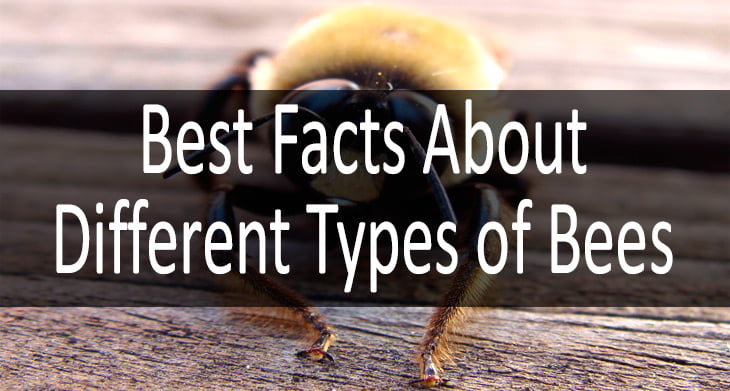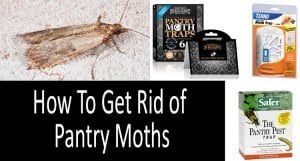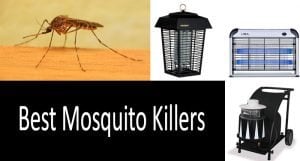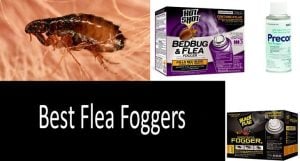Bees are part of ecosystem with a heavy contribution towards the development of active food chains. The carpenter bees have blackish tinge with active flight characteristics. Their size may vary from some centimeters to about one inch. Although the size is not uniform, so it may vary with the species and global or geographical location.
They have metallic color reflection, which also predicts difference in species. The color reflection may be blue, green, purple or whitish. These bees are quite different from the bumblebees because they have low hair density.
These bees are mainly known due to boring in wood. They are unique in this habit because other Hymenopterans lack this character. They have active ability of pollinating flowers due to the active flight characteristics. Pollen and nectar are main components of the diet of this insect. In this review article, different types of bees and some carpenter bees facts will be discussed. Comparison is presented mainly to differentiate different forms. There are types of bees that can be differentiated based on their identification.
It is not necessary that all the bees are social. Some species are semi-social while some are living in solitary mode of life. Since all the species of bees are different from each other, so a basic understanding is important to understand all types. Following are some of important types of bees with their distinct characters and habitats.
Honey Bees (Apis spp.)

These are scientifically designated as the Apis species. There are different species out of which A. cerana, A. florea, A. mellifera, are more common. They have the same family and sub family as of Bumblebees. They live in hives and have unique ability to survive in the winters. Most of the species have their nests in the trees.
Mining Bees
The mining bees are non-social bees that may range from smaller to medium in size. They have the nesting capability. Despite of their solitary appearance, they play a very crucial role in pollination of many crops.
Carpenter Bees (Xylocopa spp.)

These bees are also called as the wood boring bees. This is a special characteristic of this group because other members do not have this character. It belongs to family Apidae and Subfamily Xylocopinae. They have large jaws but some species have smaller jaws. Consequently, they can bore the softer portions of the wood. Many people ask that do carpenter bees sting so a simple answer is yes. The carpenter bee bite can also result due to its attack.
Another important question is that what do carpenter bees eat? It is very interesting to know that these bees eat the pollens and nectar. The pollen is the main component of their diet. Wood boring cannot be taken as their diet component.
Read our article: How to Get Rid of Carpenter Bees: Top-3 Best Carpenter Bee Traps.
Social Wasps/Potter Wasps
Many hornets are often confused with the Apis species. They include the potter wasps that are also called as the paper wasps. These are dangerous because they can sting if their nest is disturbed. The members include the wasps that are mainly predators. They feed their larval instars with the captured insects. They may also use the immature stage of other insects to feed their young ones.
Bumble Bees (Bombus spp.)

Scientifically these are called as the Bombus species. They belong to family Apidae and sub family Apinae. Their order is Hymenoptera. These are quite large and are considered as true social bees. These are mainly from United States of America. Colony is formed by the overwintering queens that make nest in the spring and on the ground. They have commercial importance in pollinating important vegetables from the Solanaceae. They have some threat from the non-pollinating members that invade their nests and destroy their next generation. These bees are often not threatening because all the members have their common role in pollination. However, the disturbance may come with worse consequences in the form of stinging activity.
Sweat Bees
These bees belong to family Halictidae. The sweat bees can make their nest on the ground as well as on the woods. Some species play a very important role in pollination while some are damaging to the other bees. Destroying nests and capturing other nests for living are some important characteristics of these bees.
Sand Wasps

These wasps are non-social or solitary. They make their nests on the ground, cavities and the nest cells. They are mainly known as the Cicada killer and hunts cicadas. Colony making is often frequent in the sand dunes. These do not have a frequent stinging character because they are predators of other insects.
Yellow Jacket Bees
The yellow jacket bees are prominent with the yellow jackets. Their outer body covering has the yellow chitin with somewhat black markings. These have a very strong stinging potential because the female members have well developed ovipositor that is used as the sting.
{code 416}





